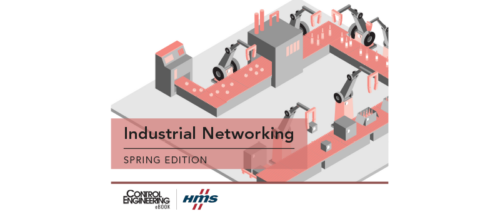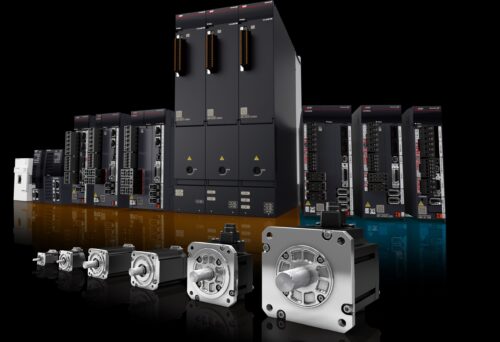Motion trends to watch in 2016
The Motion Control and Motor Association outlined several motion trends for 2016 including the Industrial Internet of Things (IIoT), big data, and predictive maintenance.
Technology trends today are all about connectivity and the gains to be had from information gleaned from an increasingly connected world. Staying ahead of the technological curve is more important that ever. Trends that manufacturers should be taking a close look at in 2016 include big data, predictive maintenance, the Industrial Internet of things (IIoT), and smart energy monitoring for transparent factory operations.
Safety-enabled productivity
Safety-enabled productivity is one trend as manufacturers are looking to broaden their horizons beyond protecting operators and equipment to encompass protecting performance. Some organizations are using safe speed and speed to make a variety of operations more productive and make operations continuous by cutting down on frequent delays.
Sensors and predictive maintenance
Today’s smart components leverage a significant number of Smart components are leveraging sensors to enable comprehensive condition monitoring. Examples include proximity sensors, position or velocity sensors, temperature sensors, pressure sensors, accelerometers, and current sensors. Condition information delivered with this density enables predictive and preventive maintenance. The comprehensive sensor data being employed by organizations allows the system to detect when equipment is beginning to wear or break down. Coupled to interface equipment that extracts this data and sends it to maintenance for analysis, sensors can provide significant savings.
Big data and its role in the factory
Big data techniques allow companies to sift through the data stream and find valuable pieces of information tho help companies deliver results that provide a benefit. Companies that formulate a plan and define the problem they wish to solve and determine the data that is needed and leverage the information effectively will gain a competitive advantage. Big data also requires serious computing resources, along with information technology (IT) staff who are up to speed on the latest developments and trends in the industry.
The Industrial Internet of Things (IIoT)
All of this discussion brings us to the IIoT and its fabled $280 billion of connected devices. The IIoT doesn’t involves sensors, smart motion components, communications nodes, environmental controls, and other devices coming together and sharing information for greater transparency for a company. The IIoT is designed to produce less downtime, shorter lead times, reduced inventory levels, easier customization, and better efficiency.
Intelligent factory
The combination of sensors, the broad connectivity of the Internet of Things (IoT) and big data functionality will increasingly enable organizations to mine their data for actionable insights. This level of transparency into operations will enable the entire organization, from machine operator to upper management, to make decisions that will streamline performance and enhance profitability.
Depending on the implementation, information can be available in minutes or even in real time. Management can review information such as operational equipment effectiveness, throughput and changeover time. Maintenance and system integrators alike can have parameters like current draw and load curve delivered to their mobile phones.
– Kristin Lewotsky, Motion Control & Motor Association (MCMA). Edited by Chris Vavra, production editor, Control Engineering, cvavra@cfemedia.com. See more Control Engineering CNC and motion control stories.
ONLINE extra
– Click here to read the full version of this story for additional details as well as other trends to watch for in 2016.
Do you have experience and expertise with the topics mentioned in this content? You should consider contributing to our CFE Media editorial team and getting the recognition you and your company deserve. Click here to start this process.



